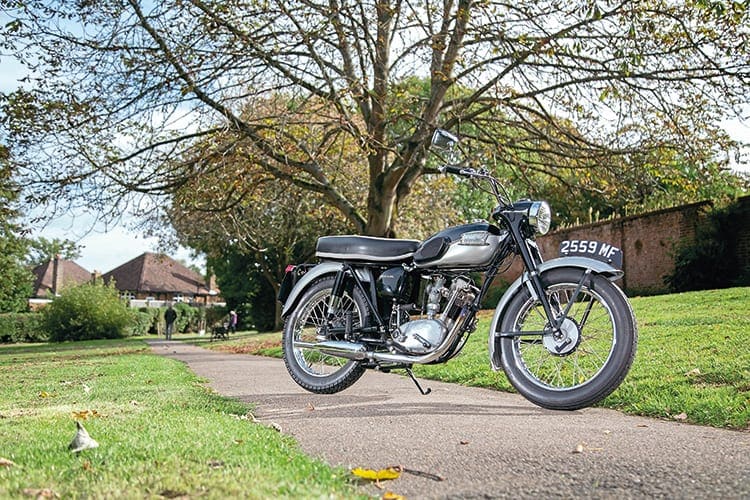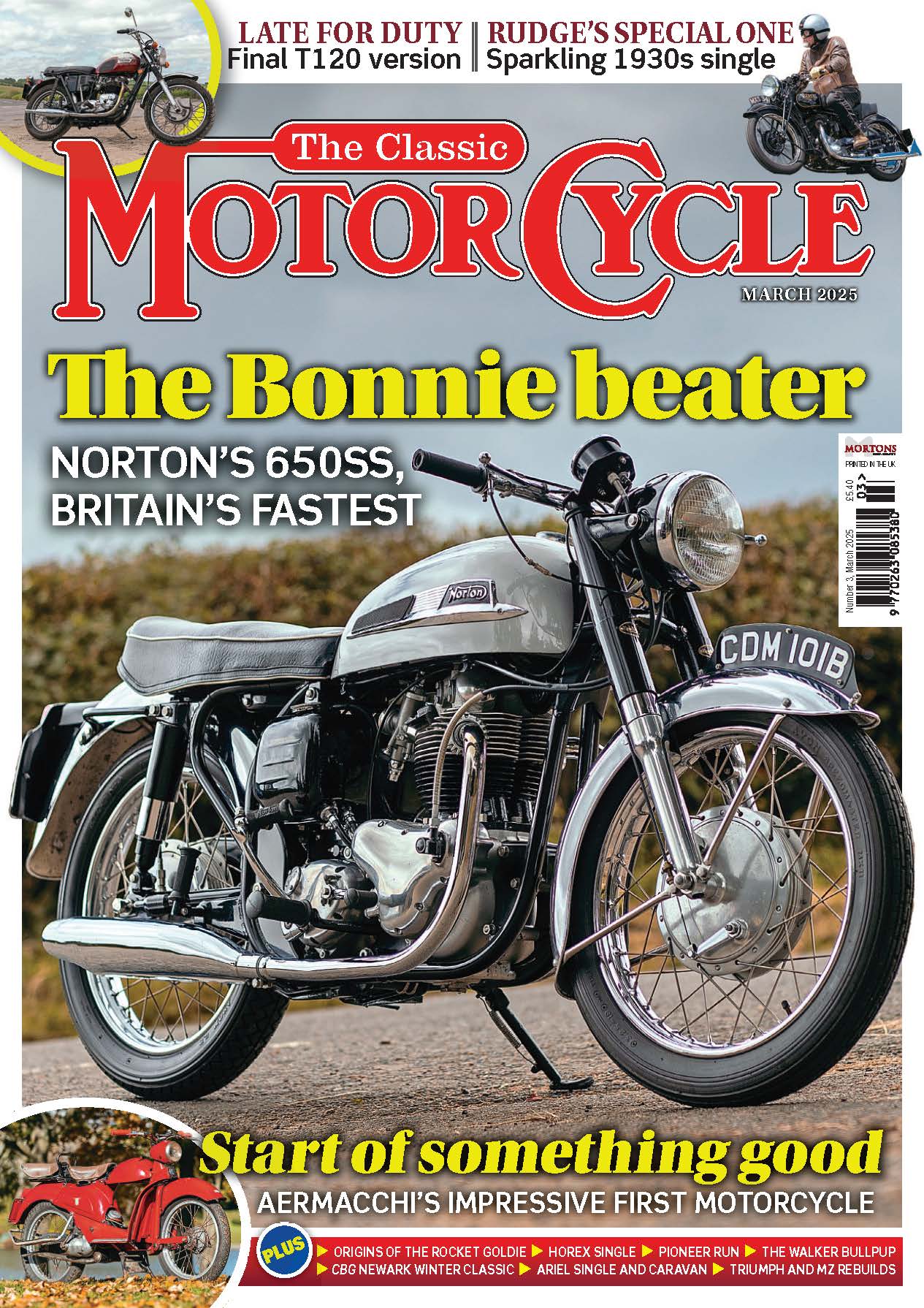
Edward Turner was probably the best-known personality in the British motorcycle industry, but that didn’t mean he had an unblemished record. He made his name with the Ariel Square Four, but the model which endured until the late-1950s owed little to his original concept except its cylinder arrangement. And while ET’s prewar Speed Twin was arguably the single most important model in the history of British motorcycling, the record of its successors was sullied by unpopular styling flourishes including rear wheel enclosure. In hindsight it seems that every success like the Bonneville was counterbalanced by a lemon like the Tina scooter.
Enjoy more Classic MotorCycle reading in the monthly magazine.
Click here to subscribe & save.
That much is clear, but it’s not so easy to rank the Triumph Tiger Cub, either as a motorcycle or as a marketing concept. Taking the latter point first, Turner’s reasoning behind its introduction (and that of its Terrier antecedent) seems pretty obvious. With the early-1950s market awash with ride-to-work two-strokes, and other factories encroaching on Triumph’s supremacy in the big twin stakes, he must have thought a four-stroke mini-Tiger would appeal to mature riders who wanted a ‘proper’ bike, and would also instil brand loyalty in younger owners, encouraging them to graduate to the bigger models in the range.
Unfortunately for ET, for Triumph, and for the Tiger Cub, things didn’t work out quite as intended. Most ride-to-work chaps were reasonably happy with their significantly cheaper Bantams and Villiers-powered jobs, and if they were really set on a four-stroke in the mid-1950s, why would they buy the 200cc Tiger Cub with plunger rear suspension and a reputation for fragility inherited from the Terrier, when just £1 more would get them the well-proven BSA 11G with a bigger engine and proper swinging fork rear springing? And the lads Turner thought would see the Cub as a stepping stone to a Speed Twin or a Thunderbird actually needed no inducement. Learners could ride any bike they liked then, so they could go straight to a big twin with the street-credibility they craved, even if it was second-hand and they had to resort to hire purchase.
Read more in the January issue of TCM – on sale now!
Advert
 Enjoy more The Classic MotorCycle reading in the monthly magazine. Click here to subscribe.
Enjoy more The Classic MotorCycle reading in the monthly magazine. Click here to subscribe.



